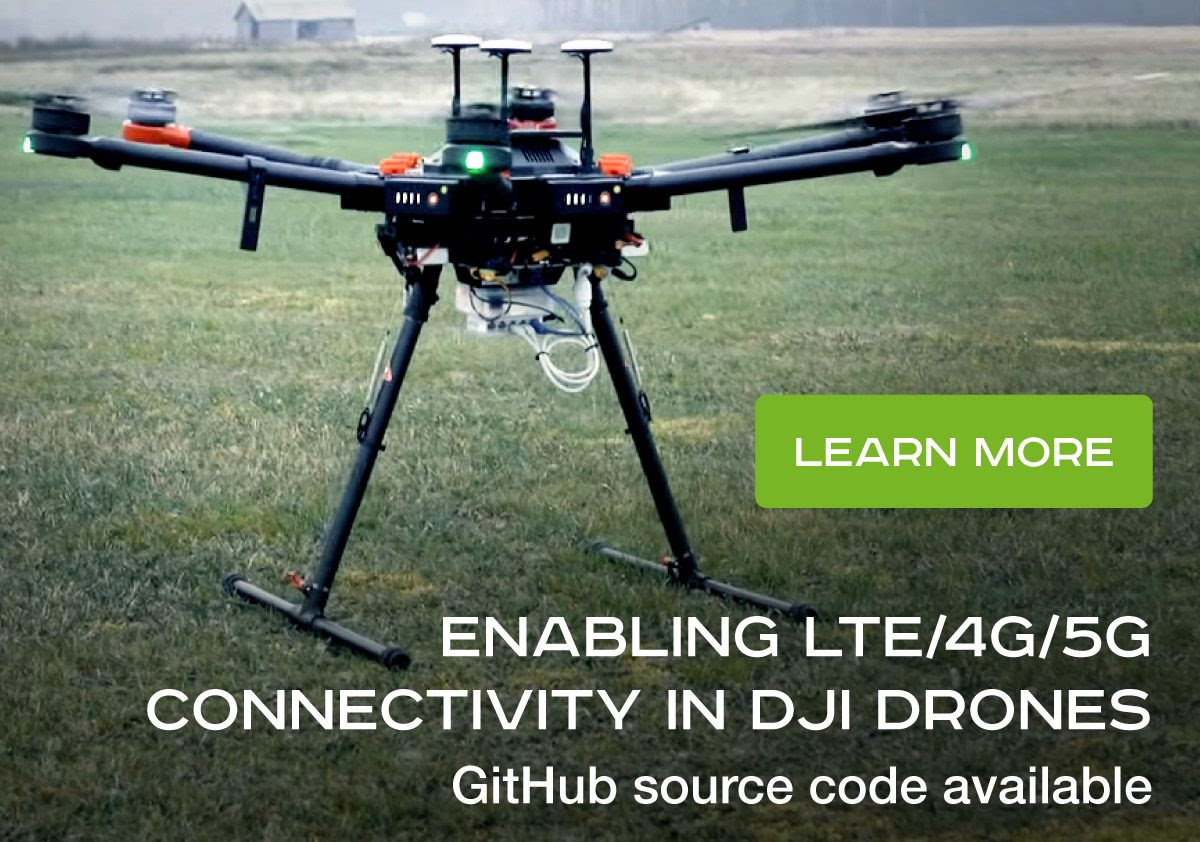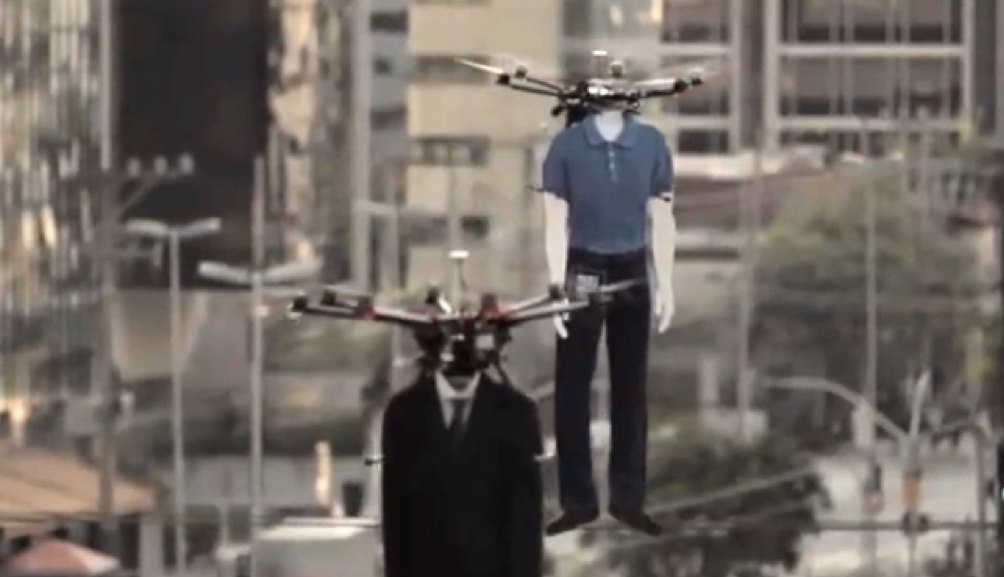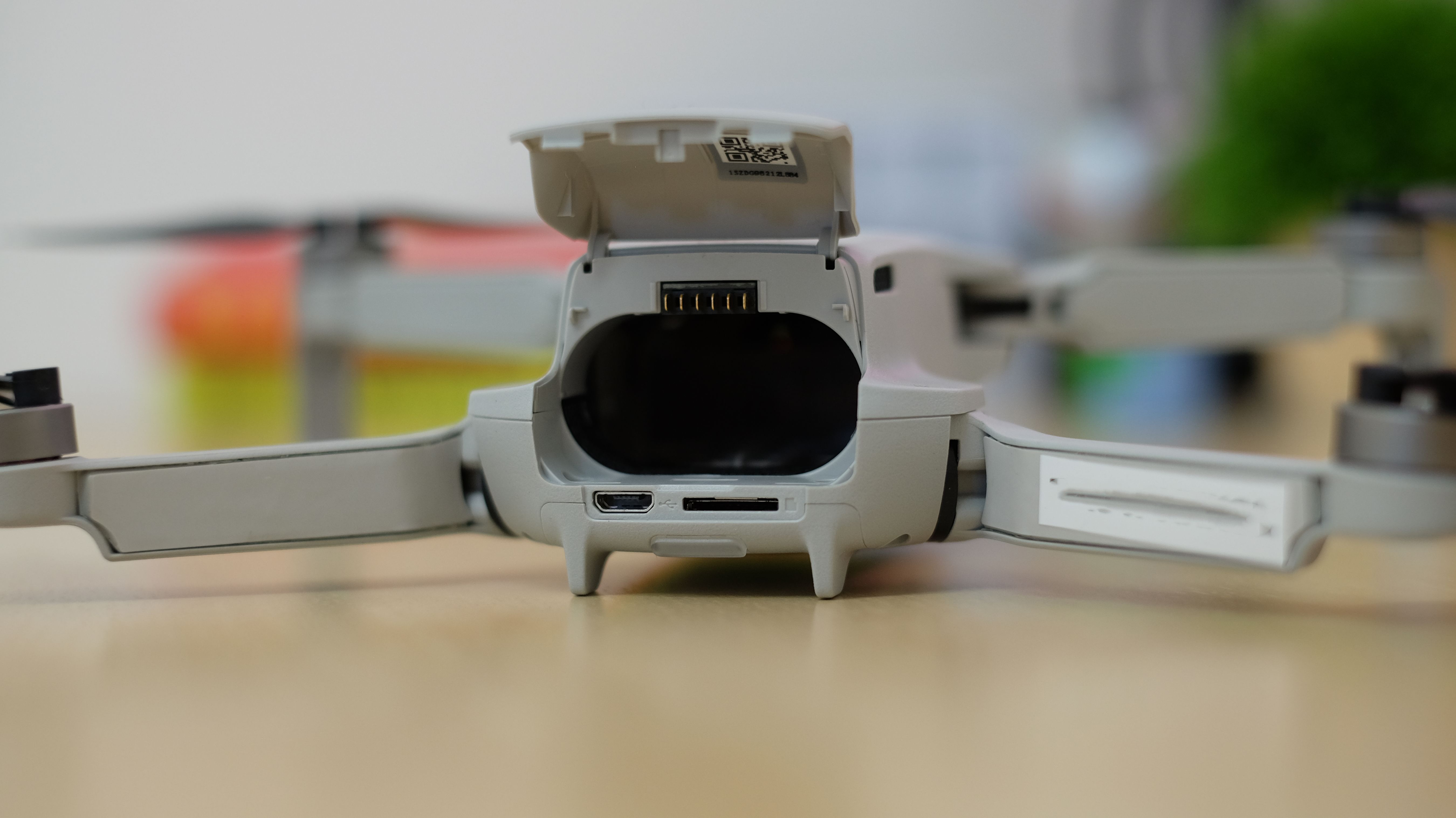
Drone inspection comes with many benefits. It's a safe, efficient way to inspect oil and gas fields without disrupting ongoing operations. In fact, inspections with drones are safer than those conducted by human teams. Drones can capture detailed data and kick off round-the-clock surveillance. Drones are able to detect trends that can be used to optimize operations. Let's take a closer look at drone inspections and how they can benefit the oil-and-gas industry.
Costs
Oil and gas companies have to pay significant costs for asset maintenance. This includes costly inspections. This sector is notorious for long and risky inspections. Oil and gas wells need to be inspected by skilled engineers in addition to manual labor. Based on industry estimates, $37 billion per year is spent by the oil-and-gas industry just for asset monitoring. Drones are an effective inspection tool that can reduce the time and cost associated with such tasks. These unmanned aerial vessels can provide accurate data without the dangers associated to human workers.
Drones are highly efficient and can significantly reduce costs, since they can detect areas that human inspectors cannot. Drones can also detect overheating and abnormal temperatures, which can prevent dangerous fires. Additionally, the use of drones is cost-effective and can streamline outdated oil and gas operations. Read on to learn more about the benefits of drone inspection for oil and gas companies. It will amaze you how quickly you can use drones.
Benefits
Drones can be used to inspect assets in a safe and cost-effective manner. By eliminating the need for human workers in dangerous environments, drones can reduce risk, insurance costs, and medical expenses. Drones are cheaper and faster than human inspectors. They also don't need workers to shut down oil operations. Drones can fly near assets and can detect leaks and potential defects. Drone inspection can be a lifesaver for companies and save them millions in maintenance costs.

Drones are reliable and can perform a wide range of inspections to oil and gas companies. Drones can detect information that humans cannot see using sophisticated sensors. They can identify potential issues and improve data collection accuracy. Drones are able to fly at an exact altitude and perform repeatable tests from any place. Companies can reduce costs and increase productivity by using drones for oil and gas operations.
Safety
Drones are being used by oil and gas companies to inspect pipelines and assets. These drones are programmed to fly in the same areas and at a certain height to collect structured data that can be transmitted to a work-management system. The drones also eliminate the need for manual touches and potential data integrity loss. Oil and Gas companies can combine drones with advanced data analysis to better predict the likelihood for pipeline and asset failures.
An inspection of a traditional pipeline is dangerous. The job requires workers to be able to hang on to ropes, endure harsh weather, and deal with hazardous chemicals. These conditions can hinder data collection and make it difficult for technicians not to do their job effectively. Drone inspections of oil and gas pipelines are a great solution. They can inspect infrastructure and other oil and natural gas pipes from far away. Drones can also be used to inspect areas that traditional workers would not have access to. Drone operators can be assured that their work will not cause any harm because they can fly on top of high-rise structures.
Implementation
Oil and gas companies have a number of uses for drone inspection. Drone inspection allows researchers access to vital information regarding potential oil wells. Drones also provide topographic information of new locations, allowing them to identify the best possible access routes and logistics. Drones also have the ability to produce 3D maps. These maps can include landmarks and other features that could be helpful in decision-making. Ultimately, oil and gas companies will benefit from the use of these new tools.

By eliminating the need for human participation in inspections, drones are a cost-efficient and flexible solution to many problems. They are more efficient than manual reviews, and they reduce the risk for spills and other leaks. Drones can also serve a multitude of indoor inspection and pipeline applications. A drone can help reduce inspection time and worker hours as well as save confined space permits.
FAQ
Is it possible to fly a helicopter while driving?
Flying a drone while driving is dangerous because you could crash into another vehicle or object. Additionally, you may hit pedestrians or animals. In addition, you could damage your car by hitting power lines, trees, or buildings.
How can I keep drones from my home?
Drones are becoming more common for home surveillance. However they can also be a threat to privacy or security. To avoid drone attacks, install motion sensors around the property. They will detect any unapproved flying objects.
Is the FAA able to regulate drones?
The FAA supervises all aspects related to drone operations, including certification requirements and safety standards.
What laws apply to flying drones?
The Federal Aviation Administration (FAA), regulates drone operations in the United States. A certificate issued by the FAA is required to commercially operate a drone. Next, you will need to complete a course in flying skills and pass an exam. Final, you will need to pay a fee.
Statistics
- According to ZipRecruiter, the minimum hourly wage of drone pilots is $20. (thedroneu.com)
- According to the multiple listing service (MLS), houses and apartments with drone photographs are up to 68 percent more likely to sell than those without pictures. (thedroneu.com)
- With the top 10% making over $100/h and the bottom 10% making as low as $10/h. (dronesgator.com)
External Links
How To
How to Fly Drones with Beginners
A drone refers to a remote-controlled aircraft designed for aerial photography, surveillance and scientific research. Drone technology has been around since World War II. DJI's Phantom series of quadcopters was the first to be commercially used. Many types of drones have been made available since then, from beginner-friendly models such as the Parrot AR Drone 2.0, to high-end multi-rotor craft such as the DJI Mavic Pro.
You can fly a drone in many different ways, including:
-
Remote control – This is when you attach a device to your hand that allows you to control the drone's flight path. There are two main types for controllers: Joysticks or On/Off switches, which can be used to control the drone's flight path.
-
Manual Control - This method uses a smartphone app to remotely control the drone using GPS coordinates. Follow the instructions of the app to track the exact location you want the drone go.
-
Autonomous Flight: This means that the drone will take care of all the piloting. It allows the drone to fly independently without any human intervention. It must have a builtin camera, sensors capable of taking images and data to enable autonomous flight.
-
Triggered Flight – This method is very similar to manual flight. The pilot creates a route that the drone will follow until it reaches the destination. After the preprogrammed route is complete, the drone will automatically land and return to its base.
-
Landing Gear: Some drones have landing gear that allows them safely to land in case they lose power or run low on battery.
-
Goggles: Some pilots use goggles in order to protect themselves against debris when operating.
-
Camera - Some drones can be equipped with cameras which enable you to capture photos from the sky.
-
Obstacles. Some drones can have obstacle avoidance technology that stops them from hitting obstacles.
-
Speed - Drones can reach speeds up to 40 mph.
-
Battery Life - Most drones are capable of lasting between 20 minutes and three hours, depending on the power that you use.
-
Range - Depending on the model, some drones can travel up to 30 miles away.
-
Power source: Some drones will require an external power source while others can be powered by internal batteries.
-
Weight - Some drones are lighter than others, while some models can weigh as much as 4 pounds.
-
Size - From small drones that can be carried in the palm of one's hand to larger drones that weigh over 50 pounds, drones come in a variety of sizes.
-
Price - Drones come in a variety of price categories, including high-end models which can run into the thousands and low-cost options that can start at $100.